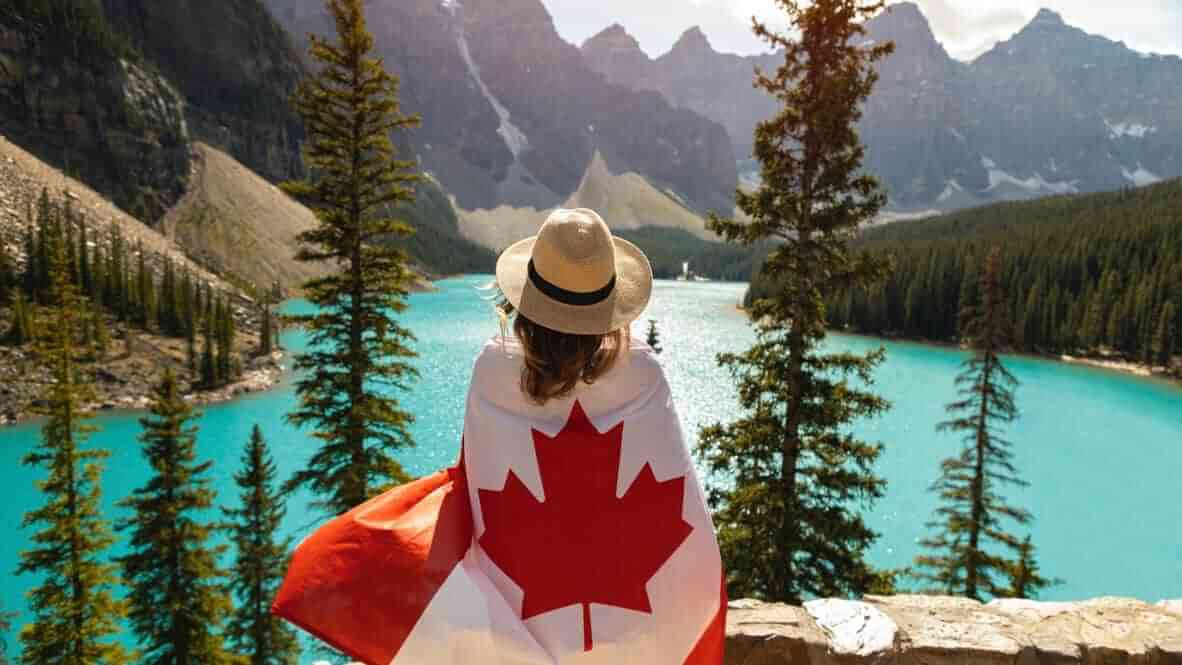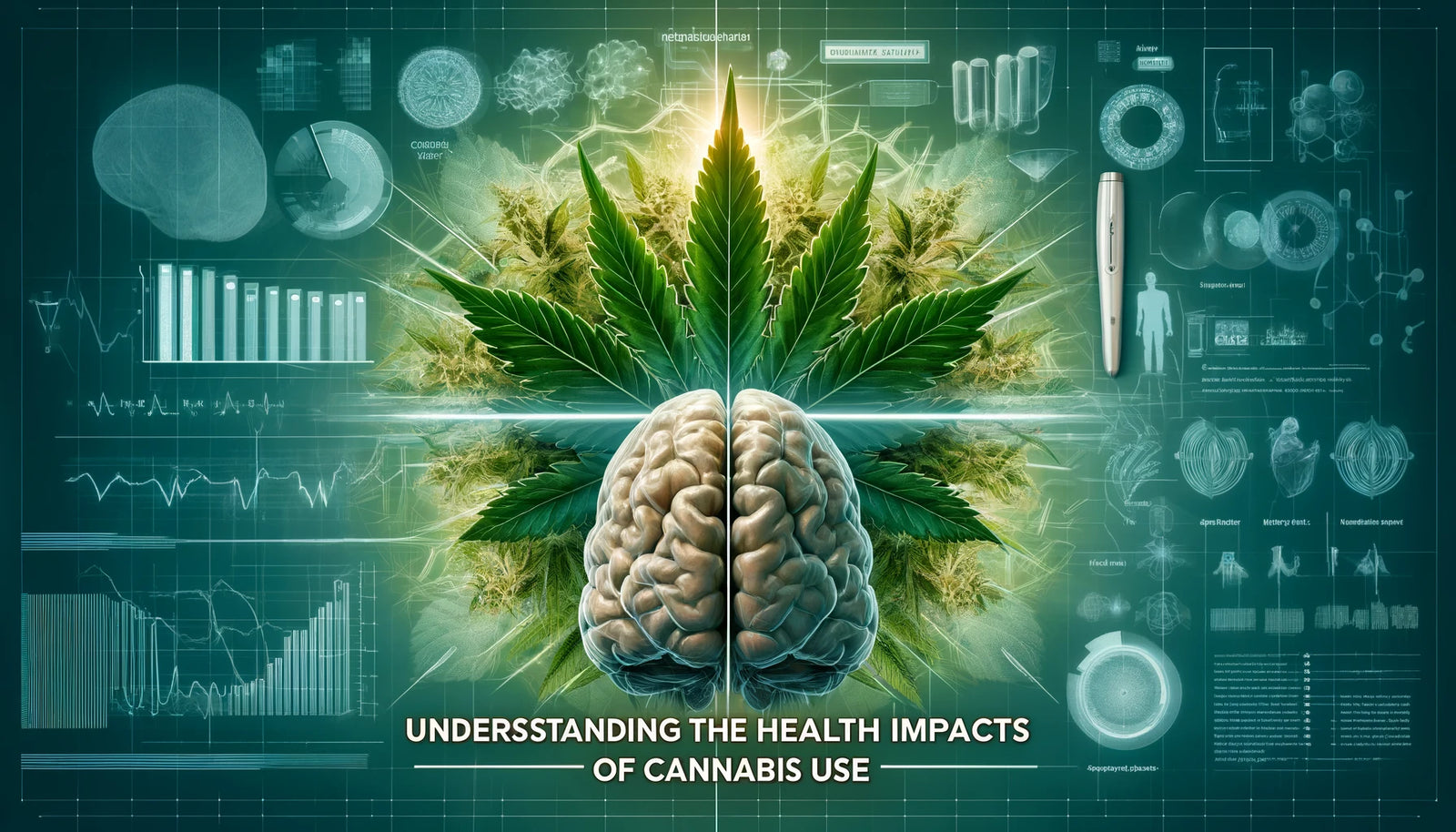Your Cart is Empty
🛳️ AHOY! Now accepting Credit Cards & Bank Transfers (EU no fees) 💳💶
🛳️ AHOY! Now accepting Credit Cards & Bank Transfers (EU no fees) 💳💶
Shop
Canada’s Cannabis Act Explained
June 20, 2021 2 min read

Canada’s Cannabis Act Explained
On October 17, 2018 Canada became the second country in the world to legalize recreational marijuana on a national level. Since the late 1990s society has been increasingly inclining towards the opinion that smoking marijuana should not be a criminal offence. The legalization of recreational marijuana was the culmination of efforts of people to decriminalize marijuana smoking. Apart from decriminalizing the possession and smoking of marijuana for recreational purposes, the production, distribution and use of medical cannabis was legalized in 2013 with the Marihuana for Medical Purposes Regulations (MMPR), the different parts of which were gradually coming into force in the years that followed. This makes Canada the second country after Uruguay that legalized marijuana on a national level and the first nation in the G7 and G20 to do so.
Marihuana for Medical Purposes Regulations (MMPR)
The MMPR (enacted in 2013) was not the first regulation about medical marijuana in Canada. Back in 2001 the country had the Marihuana Medical Access Regulations (MMAR) and the MMPR replaced it with a few developments and clarifications about the terms of use of cannabis for medical purposes. Under the MMPR Canada keeps track of the licensed producers of marijuana for medical purposes by listing them as such and maintaining the list. This means that selling marijuana for medical purposes is allowed if you have a license to do so. Currently, there are 30 licensed producers of medical cannabis in Canada under the Access to Cannabis for Medical Purposes Regulations (ACMPR), the regulation which replaced and updated the MMPR in 2016. It can be concluded that regulations for medical marijuana are constantly being developed and updated so as to reflect best what people need.
Canada’s Cannabis Act
On the other hand, marijuana for recreation purposes was legalized nationwide in 2018. There are particular terms outlined in the legalization act in order for marijuana to be used, sold, possessed and produced for recreational purposes. Nonetheless, the 13 provinces of Canada have the right to set their own rules on how to apply the regulation. For instance, British Columbia has only one government-run store in Kamloops, whereas in Ontario privately-run stores have been allowed to open since 2019. But what exactly is allowed under the nationwide regulation?
What is allowed?
People over the age of 18 are allowed to possess up to 30 grams of dried or ‘equivalent non-dried’ cannabis in public. Cannabis-infused food and drinks are also permitted for adults to make and consume, as longs as those products are not concentrated. Furthermore, households are allowed to grow up to four plants from licensed seeds. As mentioned, different provinces have their own set of rules about selling, but in most provinces the online sale of cannabis is permitted within the province.
Data shows that Canada made CA $2.6 from marijuana sales in 2020, which is more than 100% more in comparison to 2019. Money that can be used for the development of social, health, educational, infrastructure and many more spheres of people’s lives.
Leave a comment
Comments will be approved before showing up.
Also in The Captain's Blog

Spain | Finding and contacting Cannabis Social Clubs in all regions
August 26, 2024 6 min read
Are you looking for Cannabis Social Clubs in Spain? This article aims to provide you with information on how to find Cannabis Social Clubs in Spain with various approaches. We also provide a list of all public club-registries currently online.
Read More
The Future of Cannabis Legalization in Europe
April 14, 2024 10 min read
Explore the future of cannabis legalization in Europe in this informative blog post. Our expert analysis covers the economic benefits, regulatory framework, and social implications of cannabis legalization, as well as the current state of cannabis laws in Europe. With detailed statistics and real-world examples, this post provides valuable insights for anyone interested in the future of cannabis in Europe.
Read More
The Negative Health Effects of Cannabis
April 14, 2024 2 min read
This article provides an in-depth look at the multifaceted health effects of cannabis, covering everything from psychological and neurobiological impacts to dependency, addiction, and its influence on respiratory and cardiovascular health. With insights into the latest studies and expert opinions, understand the complexities surrounding the use of cannabis and its implications on human health.
Read More❗El Capitan does not promote or encourage cannabis consumption.❗
Subscribe
Sign up to get the latest on sales, new releases and more …

